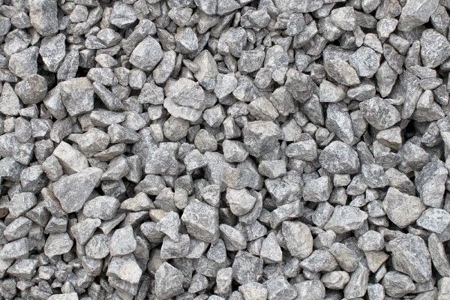Reduce flooding risk
Know your flood risk
One in six properties are at risk from flooding. This number is only set to increase due to climate change, making the need for you to check your own risk ever more important. To help you prepare for and stay safe from the impacts of flooding it is important to know your risk.
Check the long term flood risk.
Property flood resilience and resistance

The risk of flooding to your property cannot be eliminated entirely. However, as a property owner, you can install measures to reduce the likelihood and impact of flooding.
If you live in an area prone to flooding it may be worth considering property flood resilience (PFR) measures (also called property level resilience (PLR) and property level protection (PLP).
Resilience SHOW
Resistance SHOW
The National Flood Forum have:
- Independent and impartial advice on property level resilience
- The Property Protection Advisor, a simple tool that raises awareness of the options available and provides an initial estimate of the cost of resistance measures for different types of properties (provided by JBA Consulting)
- Blue Pages, a directory of property flood products and services
- Advice on maintaining and testing your PLR systems
Visit the National Flood Forum.
Driveways and gardens

There are many reasons why we cover over our gardens with hard surfaces. You may want off-road parking, a patio, or you may not want to mow the grass. It is important to know the impact of removing grass in favour of impermeable surfaces and the different options that are available.
A recent survey carried by Aviva showed that 25%, or one in four, homeowners with outside space have turned some of their garden into a driveway while 10%, or one in ten, have replaced a natural lawn with artificial grass.
Changes like these can often have a negative impact on wildlife and increase the risk of flooding in heavy rainfall as water is unable to soak into the ground.
Did you know?
If you are planning to change your front garden into a driveway you may need planning permission. If you cover more than five square metres with an impermeable surface, planning permission will be needed if the new layout does not allow for water to run to a permeable area, for example, a soakaway within your property boundary. You should make sure that any increase in surface water runoff is not directed towards the highway.
An impermeable surface is any material that does not allow water to travel through it. Examples include concrete, tarmac, and paving.
The kerb between the road and a pavement plays an important role in keeping water on the highway and moving it towards highway drainage. If you are considering a dropped kerb and your property is lower than the highway, you should carefully consider whether this could increase the risk of surface water flooding to your property.
If you are thinking about changing your garden or replacing a current driveway, think about whether you can use permeable materials. Alternative ways to create your desired look whilst providing the same result include:

Loose gravel

Wheel tracks

Porous concrete

Permeable paving
Not only can these options look great, but they also allow water to drain away and minimise surface water runoff.
If you already have an impermeable driveway or cannot use permeable surfaces, you can improve water infiltration by directing water towards a permeable area or sustainable drainage feature such as a rain garden or soakaway.
See the Environment Agency’s guidance on the permeable surfacing of gardens.
A real grass lawn
Grass lawns have multiple benefits including producing oxygen, absorbing water, providing cooling effects, supporting wildlife, and improving mental wellbeing. There has been a growing trend for artificial lawns despite several studies showing that artificial lawns have poor drainage and can increase the risk of surface water flooding.
Instead of replacing your lawn, think about taking steps to flood proof your real grass:
- Level up – Gardens can have uneven areas where water will pool. Apply a mixture or sand and topsoil in the summer and lightly compact to level up your lawn
- Aerate - Pricking or slitting the grass surface with shallow holes (2-3 centimetres) in early September can help drainage over the winter months
- Grass health – Applying fertiliser in spring can help grass develop deep root systems
Drainage and water storage

With climate change, we are likely to see warmer and wetter winters, hotter and drier summers, and more frequent weather extremes. This includes an increase in the likelihood of droughts and surface water flooding.
There are ways in which we all can improve drainage and increase water storage on our properties, including water attenuation and sustainable drainage. Water attenuation is the temporary storage of water before slowly releasing it.

